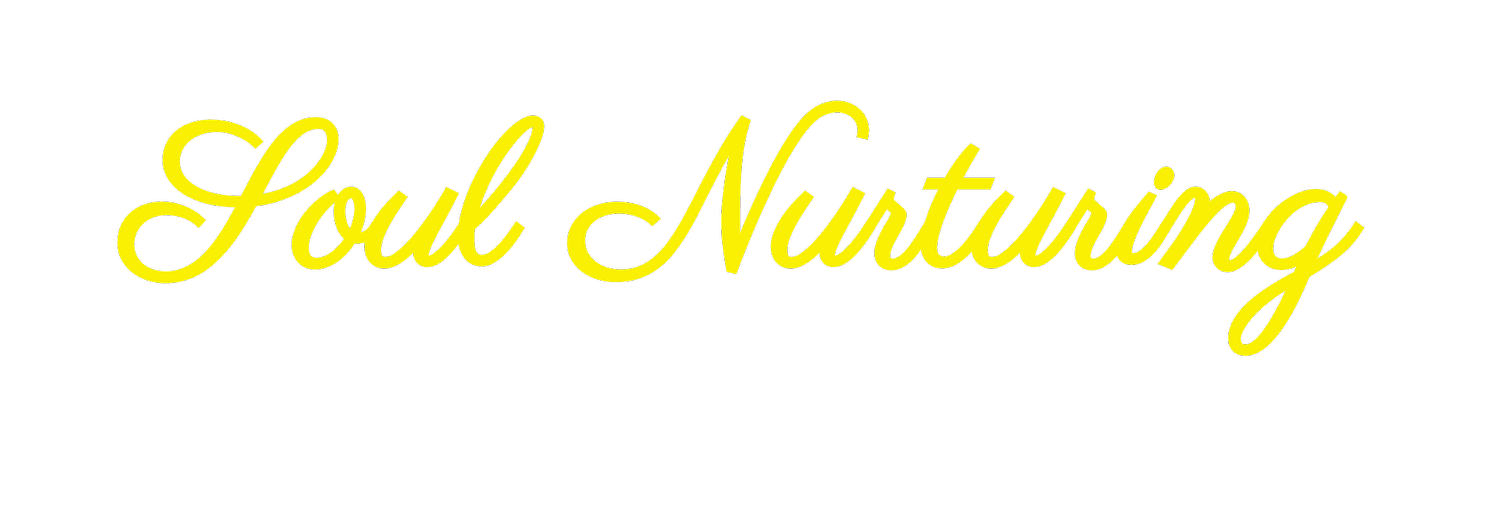Why is it that women are more likely to experience chronic pain than men? While in Cusco at the beautiful hotel “Tikka Wasi” (translated as House of Flowers) , I came across a rather interesting article on chronic pain in a psychology journal. It gave more passion and validity to our work at Soul Nurturing. Women are the primary users of our service and usually driven by a pain of some form, physical or emotional. And not only that, sorry more bad news for women, your gender also makes you more likely to have longer and more intense pain experiences than men. It does beg the question of WHY?
The answer is in the hormones. Oestrogen and progesterone play a role in pain processing and the pain experience. I have always thought that oestrogen would be the perfect form of torture (not that I entertain the idea of torture). It just occurred to me in a writhing PMT state one day, what an ordeal it is to be in a body that is overburdened with oestrogen. It is quite common for women to have low progesterone levels which correlates with experiencing headaches and joint pain. So it definitely pays to keep your hormones in check, more on that later.
There have been other interesting research findings into the condition of chronic pain – thanks to the Oppenheimer Centre for Neurobiology of stress, the pain medicine division at the University of Southern California and Northwestern Universities Journal of Neuroscience publication…
Brain imaging studies have found that people with chronic back pain have less grey matter in the brain than non-sufferers. The longer people suffer with pain, the greater the loss of grey matter and this certainly does MATTER because this is the functional part of the brain that does all the processing and thinking. Having this functionality is a damn site better than the foggy brain experience. And for those of you who like numbers, if you suffer chronic back pain you could be losing between 5 to 11 percent of your brain size in a year, which is what a person would generally lose in 10 to 20 years as a result of aging processes. And in fact, it is not only the grey matter, white matter is also involved. That is pretty much the whole brain covered! It has been found that white matter irregularities put you at risk of being a chronic pain sufferer. White matter is the part of the brain that transmits the signals, ie the communication lines. We all know how important communication is. If you have ever lost your mobile phone or internet connection, you know what kind of angst occurs.
Much of the research has been focused on the internal mechanisms of pain processing and perception rather than external influences which emulates the core philosophies of Soul Nurturing. We believe that true power comes from internal mastery, not from changing the world around us. The phenomenon of centralization has been an important research finding in chronic pain studies. The finding here is that even after the initial injury or source of pain has been removed the nervous system has centralized the perception and commands of pain and essentially is continuing to run that program without the stimulus.
And now for the good news…
The solutions revealed in the article were focused on cognitive behavioural therapy (CBT), a psychology intervention which is basically modifying your behaviour through changing your thinking. People whose personalities tended to catastrophise and whose thoughts remained focused on the pain and over-reacting to it, were less likely to make a good recovery. An obvious change to make, and easily said, yet not so easily delivered.
In the 15 years I have been working with people with anxiety and pain, I have found that the key to the solution is in the sympathetic and parasympathetic nervous system. Put simply it comes down to our primal survival mechanisms. Number 1, there is nothing more important for the functioning of a body than that of survival. When we are in a survival mode because of persisting stressful or traumatic situations, the body’s functioning is geared to that, and is not managing the hormonal system so well because of it.
Over time people will develop deep survival patterns that govern their underlying modes of operating in the world. The more we enact such patterns, the stronger the neural pathways become, and the harder it is to break that pattern. Addressing the unresolved stresses that are plaguing the mind plus finding new ways of being, is the key to success, and it sure pays to have some help and support in this process. Kinesiology is a marvelous tool in assessing exactly what survival patterns are running for people and diffusing the charge in that neural pathway. This reduces the strength of that patterning, creating freedom to think and move in new ways. Kinesiology also has some excellent methods to release stress that affects the white matter of the brain and therefore allow more pathways to be open for communication. There are many success stories for women finding more hormonal balance using Kinesiology. It can be a very illuminating experience for a woman to explore the causes behind her hormonal imbalances.
Soul nurturing offers many strategies to practice connecting to relaxation, inner wisdom, joy of movement and pleasure. The more the brain focuses on these types of experiences, the more natural it becomes, leaving thoughts and feelings of pain and hurt in the past.
References:
A. Vania Apkarian1, Yamaya Sosa1, Sreepadma Sonty2, Robert M. Levy3, R. Norman Harden5, Todd B. Parrish4, and Darren R. Gitelman2,4, The Journal of Neuroscience, Chronic Back Pain Is Associated with Decreased Prefrontal and Thalamic Gray Matter Density
17 November 2004, 24(46): 10410-10415; doi: 10.1523/JNEUROSCI.2541-04.2004

